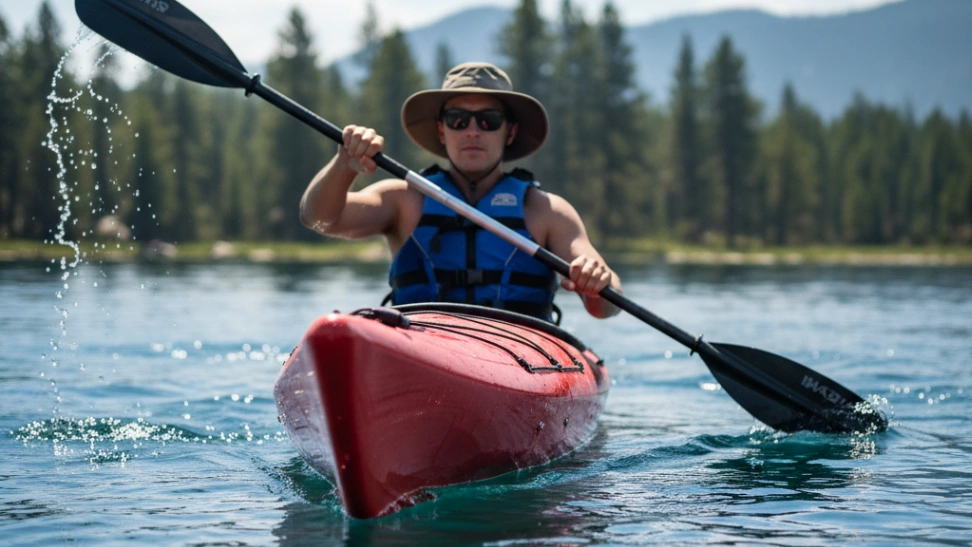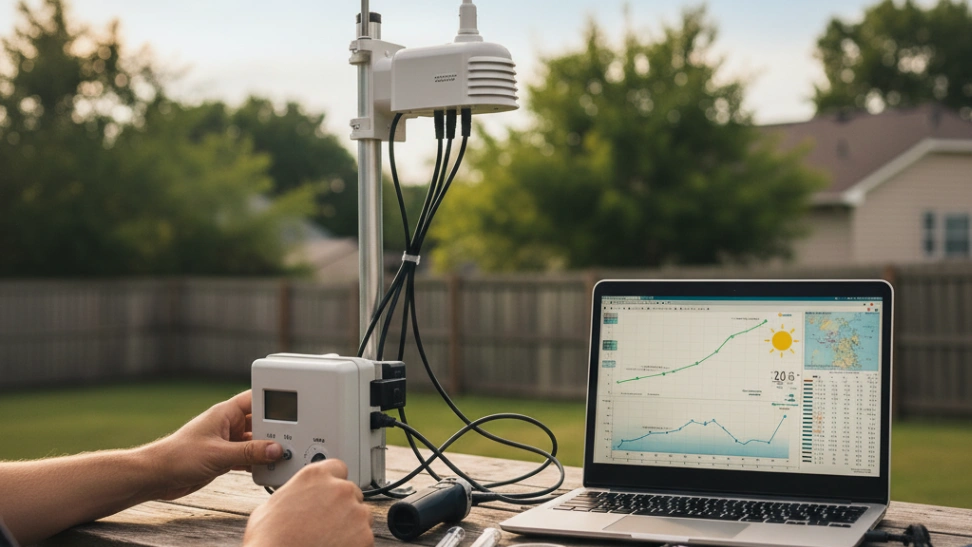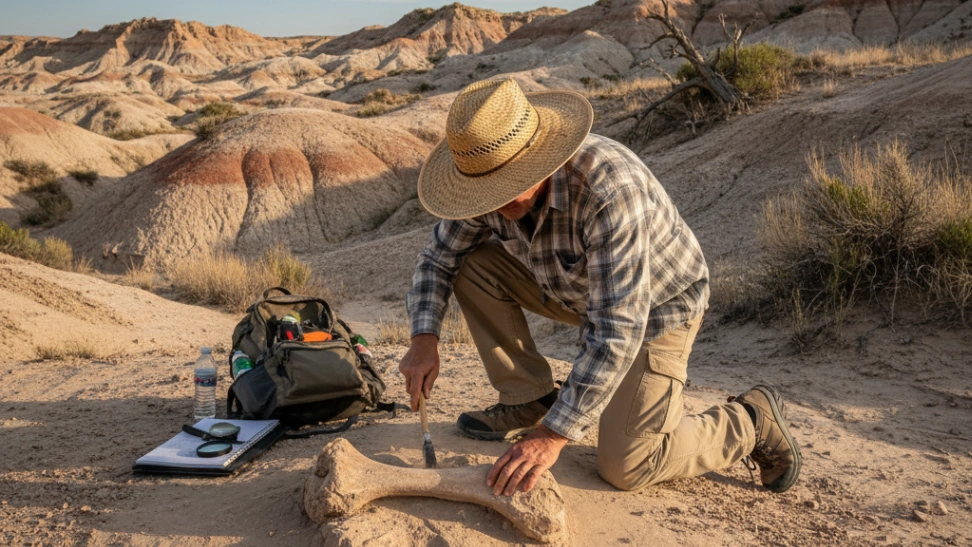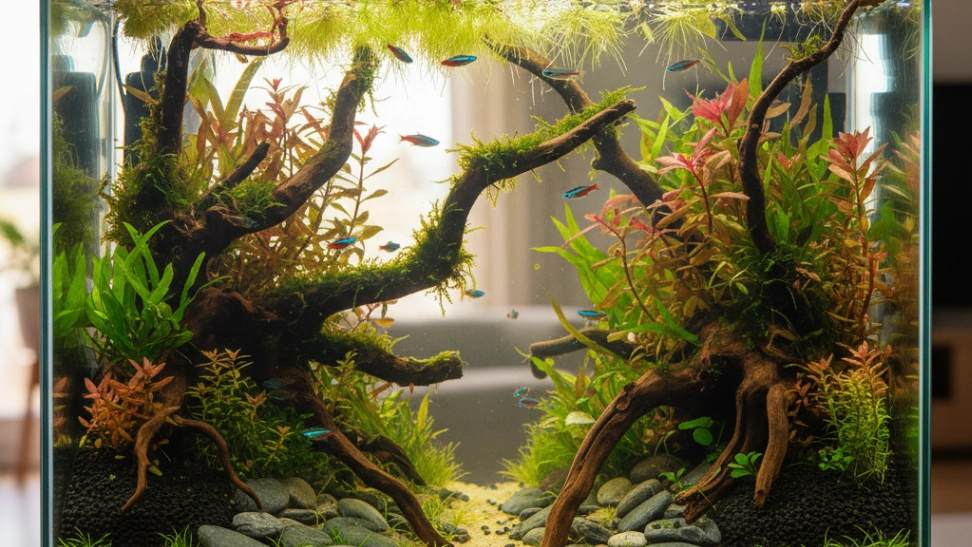Kayaks originated with the indigenous Inuit, Yup'ik, and Aleut peoples of Arctic North America, Greenland, and Siberia thousands of years ago. These early kayaks, often made from stretched animal skins over a wooden or bone frame, were primarily used for hunting seals, whales, and other marine animals, as well as for transportation. The word "kayak" itself means "hunter's boat" or "man's boat." They were ingeniously designed to be lightweight, maneuverable, and stealthy, perfectly suited for the harsh Arctic environment. European explorers encountered kayaks in the 17th and 18th centuries, but it wasn't until the mid-19th century that German and French adventurers began recreational kayaking. The sport truly gained popularity in the 20th century with the advent of lighter, more durable materials like fiberglass, plastic, and inflatables, making kayaks widely accessible and affordable for a broader public. Today, kayaking encompasses numerous disciplines, from recreational touring and sea kayaking to whitewater kayaking and competitive racing, each with specialized boat designs and techniques. The evolution from a vital survival tool to a global recreational phenomenon highlights the enduring appeal and adaptability of this ancient craft.
Modern kayaking branches into several distinct disciplines, each catering to different environments and preferences. Recreational kayaking typically involves stable, easy-to-paddle boats designed for calm waters like lakes, slow rivers, and sheltered bays, focusing on enjoyment and exploration. Sea kayaking, on the other hand, utilizes longer, narrower, and more robust kayaks built for open ocean waters, capable of handling waves, currents, and covering long distances; these often include watertight compartments for gear storage during multi-day expeditions. Whitewater kayaking is a more extreme sport, featuring short, highly maneuverable, and durable kayaks designed to navigate turbulent rivers, rapids, and waterfalls, demanding high levels of skill and physical prowess. Fishing kayaks are specialized versions, usually wider and more stable, equipped with features like rod holders and storage for tackle. Inflatable kayaks offer portability and ease of storage, making them popular for casual use or travel. The diversity ensures that there is a kayaking experience suited for nearly everyone, from the casual weekend paddler to the serious adventurer, each offering unique challenges and rewards. Understanding these different types is crucial for a beginner to choose the right gear and environment for their initial foray into the sport.
Beyond the thrill of exploration, kayaking offers significant physical and mental health benefits. It provides an excellent full-body workout, engaging core muscles, arms, shoulders, and back, while also improving cardiovascular health and endurance. The rhythmic motion of paddling and the immersion in natural environments are incredibly stress-reducing, promoting mental clarity and relaxation. Many kayakers find a deep sense of peace and connection with nature, observing wildlife and pristine landscapes from a unique vantage point. The kayaking community is generally welcoming and supportive, ranging from local paddling clubs and online forums to guided tours and organized expeditions. These communities offer opportunities to learn new skills, share experiences, and discover new waterways. Group paddles are common, fostering camaraderie and providing a safety net for more challenging excursions. This social aspect adds another layer of enjoyment, transforming a solitary pursuit into a shared adventure. Whether seeking quiet contemplation or vibrant social interaction, kayaking provides a flexible framework for diverse recreational goals, enhancing overall well-being and fostering a love for the aquatic world.
Embarking on your kayaking journey is an accessible adventure, though preparation is key. Beginners should start in calm, sheltered waters like small lakes or slow-moving rivers. Renting a recreational kayak is an excellent way to try the sport without initial investment, allowing you to gauge your interest and preferred style. Many outdoor recreation centers and paddle shops offer beginner-friendly lessons covering basic paddling strokes, safety procedures, and self-rescue techniques. Learning proper form not only makes paddling more efficient but also prevents injuries. Essential gear includes a well-fitting personal flotation device (PFD), a paddle of appropriate length, and comfortable, quick-drying clothing suitable for the weather and water temperature. Sun protection is also vital. As you gain confidence, you can explore longer trips, more varied waterways, and perhaps even consider purchasing your own kayak. Participating in guided tours or joining a local paddling club can accelerate learning and introduce you to experienced mentors and new paddling locations. The continuous learning curve and the endless opportunities for exploration ensure that kayaking remains a perpetually rewarding hobby.



